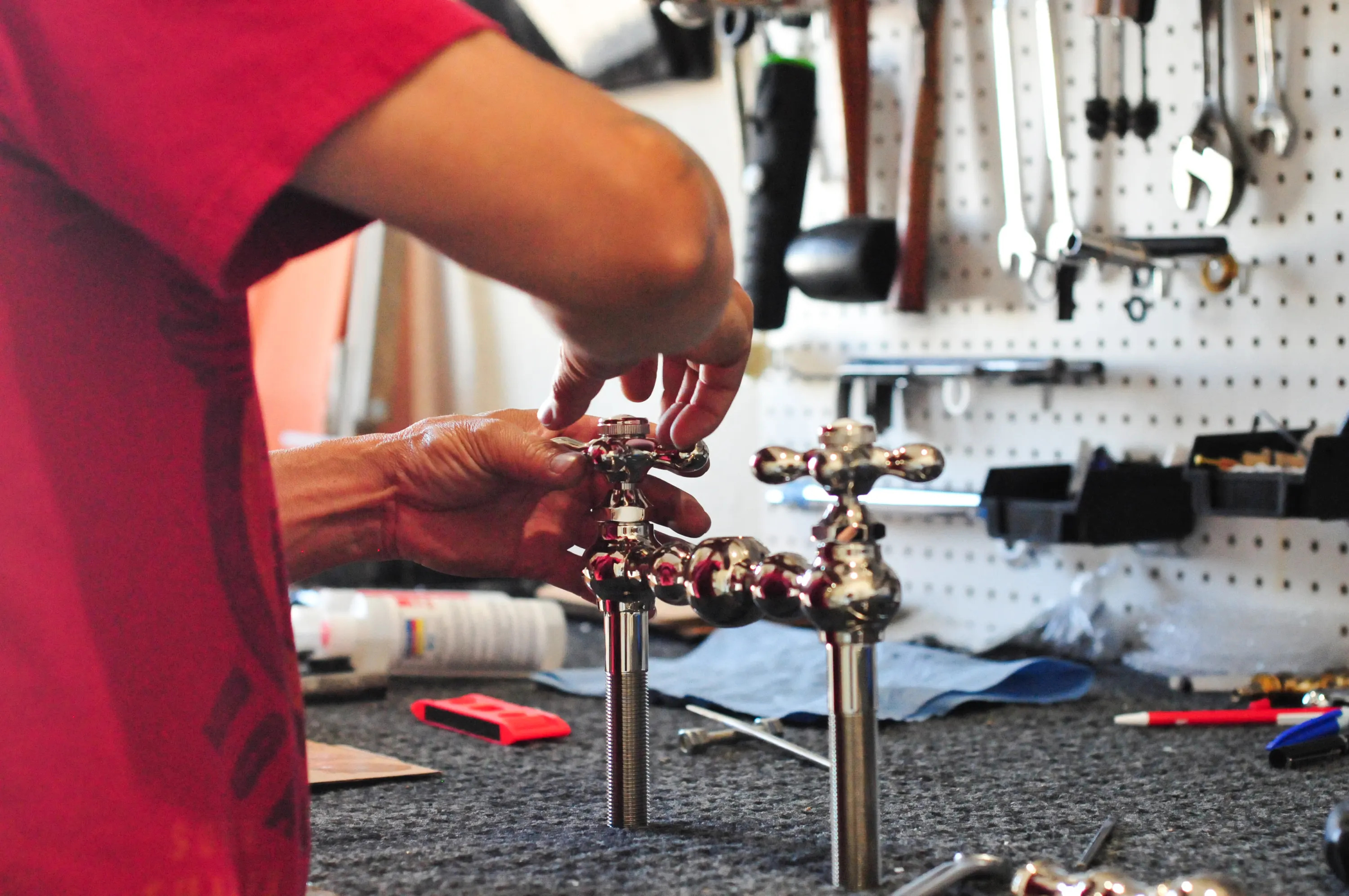5 Quick Ways to Save Water in the Kitchen
We often take for granted how easy it is to access clean, usable water. On average, the bathroom and kitchen faucet make up 16 percent of the water used in an American home. In this home, a single person consumes nearly 11 gallons of water, per day. The kitchen is where most American families gather and where the usage of water always runs high. How do we conserve more water so we can be more resourceful, reduce waste, be more responsible, and save money?
Invest in a quality faucet. There are leaks caused by several factors: bad installations, older installations, deterioration of materials, but the worst is if the faucet is made of cheap materials. It’s important not to skimp on selecting a quality faucet – choosing one that isn’t built to last will cause lots of problems long term, and the cost of resources, energy and money in fixing it will not be worth it. Here are some quality faucets to consider.
Wash produce in a bowl, or directly in sink. If you clean your fruits and vegetables in a bowl or sink, the savings will add up significantly. You can also reuse this water for plants and gardening!
Don’t ignore the leaks. It may seem like a drip here and there, and some leaks are not even detectable immediately. Statistics range, but an example of a leaky faucet at one drip per second can waste over 8 gallons of water per day, which is 2,900 gallons per year. Make an appointment with a professional to make sure any leaks are kept at bay.
Use the dishwasher. Make sure your dishwasher is full when you use it. When you do, you will only use approximately 4 gallons of water versus 20 when handwashing.
Smart cooking. One-pot dishes are a great way to save on water, time and energy! Steaming food is also smart way to cook, as not only does it save you on water, it retains more nutrients, versus if food is boiled.
There are many more ways to save water in the kitchen and elsewhere, but just practicing mindfulness and some of the tips above will take you a long way.
Who knew that one-pot dishes could not only help save time and energy, but water as well?

